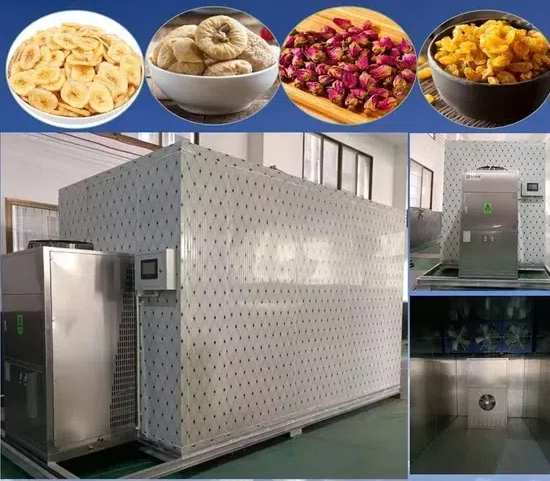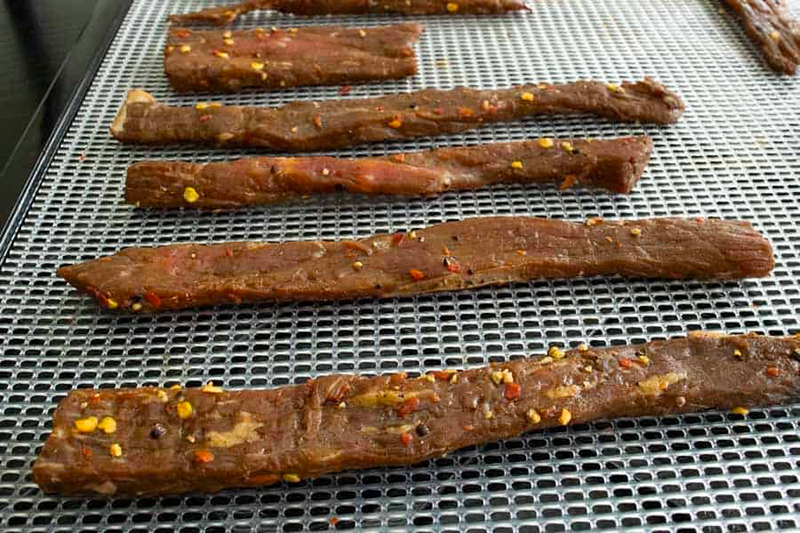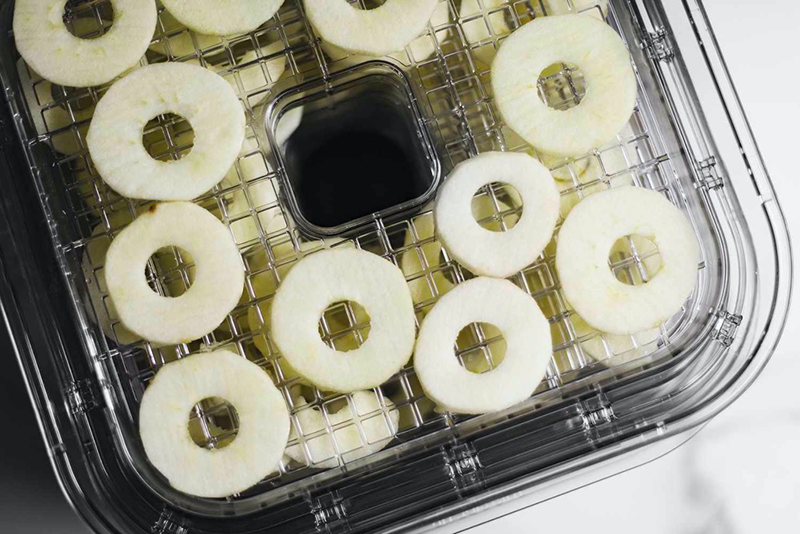
Content Menu
● Introduction to Food Drying Machines
>> Types of Food Drying Machines
● Environmental Benefits of Food Drying Machines
>> Reduced Food Waste
>> Energy Efficiency
>> Sustainable Transportation
>> Circular Economy
● Challenges and Future Developments
>> Emerging Trends
● Case Studies
● Conclusion
● FAQs
>> 1. What are the primary environmental benefits of using food drying machines?
>> 2. How does solar drying contribute to sustainability?
>> 3. What role does freeze-drying play in sustainable food preservation?
>> 4. How can microwave drying be more energy-efficient?
>> 5. What future developments are expected in food drying technologies?
● Citations:
The use of room type drying machines, particularly in the food industry, has become increasingly important due to their role in food preservation and environmental sustainability. As a Chinese manufacturer of food drying machines, we provide OEM services to international brands, wholesalers, and manufacturers. This article will delve into the environmental impact of these machines, exploring their benefits, technologies, and future developments.

Introduction to Food Drying Machines
Food drying machines are essential for preserving food by removing moisture, which inhibits microbial growth and extends shelf life. These machines are used in various forms, from household food dehydrators to industrial-scale drying systems. The environmental impact of these machines depends on their energy efficiency, operational methods, and the materials they process.
Types of Food Drying Machines
1. Convective Air Drying: This method uses hot air to dry food. It is common in both household and industrial settings.
2. Solar Drying: Utilizes solar energy to dry food, reducing reliance on electricity and lowering carbon emissions.
3. Freeze-Drying: Removes moisture by freezing the food and then applying a vacuum. This method is energy-intensive but offers high-quality preservation.
4. Microwave Drying: Uses microwave energy for rapid drying, which can be more energy-efficient than traditional methods.
Environmental Benefits of Food Drying Machines
Reduced Food Waste
Food drying machines help reduce food waste by preserving perishable items for extended periods. According to the FAO, nearly one-third of all food produced globally is wasted, contributing to unnecessary carbon emissions and resource depletion. By extending shelf life, these machines directly counter food waste issues. For instance, drying fruits and vegetables can transform surplus produce into valuable products like dried fruits and vegetable powders, which can be used in various culinary applications.
Energy Efficiency
Modern drying technologies, such as heat pump drying and solar drying, offer improved energy efficiency compared to traditional methods. These technologies not only reduce energy consumption but also lower greenhouse gas emissions associated with food preservation. Heat pump drying, for example, can achieve energy savings of up to 50% compared to conventional hot air drying methods.
Sustainable Transportation
Freeze-dried and dehydrated foods are lightweight and require less fuel for transportation, further reducing their carbon footprint. A study showed that freeze-dried fruits have a 50% lower carbon footprint than fresh fruits when considering the entire supply chain. This reduction in transportation costs and emissions is particularly beneficial for international trade, where long-distance shipping is common.
Circular Economy
Advanced drying technologies can transform organic waste into valuable resources like biofuels, fertilizers, and animal feed, promoting a circular economy and reducing waste generation. For example, food waste can be dried and converted into biofuels or used as feedstock for biogas production, reducing landfill waste and methane emissions.

Challenges and Future Developments
Despite the environmental benefits, there are challenges to overcome:
- Scalability: Many sustainable drying technologies need to be scaled up for widespread adoption. Large-scale implementation requires significant investment in infrastructure and technology.
- Economic Feasibility: The initial investment in sustainable drying technologies can be high, though they often offer long-term cost savings. Governments and organizations can play a crucial role by providing incentives and subsidies to encourage adoption.
- Technological Innovation: Continuous innovation is necessary to improve energy efficiency and reduce environmental impacts further. Emerging technologies like AI and IoT can optimize drying processes, predict energy usage, and enhance product quality.
Emerging Trends
1. Digitalization: The integration of digital technologies such as AI and IoT can significantly enhance the efficiency and sustainability of drying processes. These technologies enable real-time monitoring, predictive maintenance, and optimized energy consumption.
2. Sustainable Materials: The use of sustainable materials in drying equipment, such as recycled metals and bioplastics, can further reduce environmental impacts. These materials not only reduce waste but also contribute to a circular economy.
3. Hybrid Systems: Developing hybrid drying systems that combine different technologies (e.g., solar and heat pump drying) can offer even greater energy efficiency and reliability. These systems can adapt to varying environmental conditions, ensuring consistent performance.
Case Studies
Several companies and projects have successfully implemented sustainable drying technologies, showcasing their potential:
- Solar Drying in Africa: In some African countries, solar drying is used to preserve fruits and vegetables, improving food security and reducing post-harvest losses. This approach not only preserves food but also supports local economies by providing employment opportunities.
- Freeze-Drying in Europe: European companies are increasingly adopting freeze-drying for high-value products like coffee and herbs. This method maintains product quality while reducing energy consumption compared to traditional drying methods.
Conclusion
Room type drying machines play a crucial role in food preservation and sustainability. By adopting energy-efficient technologies and reducing food waste, these machines contribute significantly to environmental conservation. As technology advances, we can expect even more sustainable solutions that balance economic viability with environmental stewardship.

FAQs
1. What are the primary environmental benefits of using food drying machines?
The primary environmental benefits include reduced food waste, improved energy efficiency, and lower carbon emissions during transportation and storage.
2. How does solar drying contribute to sustainability?
Solar drying uses renewable energy, reducing reliance on electricity and lowering carbon emissions. It also avoids the use of fossil fuels, contributing to a cleaner environment.
3. What role does freeze-drying play in sustainable food preservation?
Freeze-drying extends shelf life without refrigeration, reduces food waste, and requires less energy for storage compared to fresh or frozen foods. However, it is energy-intensive during the drying process.
4. How can microwave drying be more energy-efficient?
Microwave drying can be more efficient by using less energy than traditional methods, especially for certain types of food. It also reduces drying time, which can lower overall energy consumption.
5. What future developments are expected in food drying technologies?
Future developments are expected to focus on improving energy efficiency, scalability, and economic feasibility. Innovations in digital tools like AI and machine learning will also play a crucial role in optimizing drying processes.
Citations:
[1] https://www.frontiersin.org/research-topics/58144/sustainable-drying-technologies-for-foods-enhancing-quality-and-energy-efficiency
[2] https://freezedriedexpert.com/the-environmental-impact-of-freeze-drying-sustainable-food-preservation
[3] https://www.alamy.com/stock-photo/food-dehydrator.html
[4] https://www.youtube.com/watch?v=TxGEMG-DCnY
[5] https://www.mdpi.com/2079-9276/11/12/117
[6] https://tmsystems.com/revolutionizing-sustainability-smart-drying-solutions-aiming-for-net-zero/
[7] https://www.lanphanfreezedrying.com/the-environmental-impact-of-freeze-drying/
[8] https://www.ike.cn/video.html
[9] https://www.nature.com/articles/s41598-023-43358-6
[10] https://www.enrich360.com.au/news/saving-the-planet-and-money-why-food-waste-dehydration-machines-are-more-cost-effective-than-you-think
[11] https://pubs.rsc.org/en/content/articlehtml/2023/fb/d3fb00080j
[12] https://www.mdpi.com/1996-1073/16/3/1523
[13] https://www.istockphoto.com/photos/food-dehydrator
[14] https://stock.adobe.com/search?k=dehydrator
[15] https://www.fws.gov/project/freeze-drying-crops-climate-change-resilience
[16] https://www.shutterstock.com/search/food-dehydrator
[17] https://earth911.com/home-garden/reducing-washer-and-dryer-environmental-impacts/
[18] https://angstromtechnology.com/what-is-a-dry-room-controlled-environment/
[19] https://powerknot.com/2022/01/18/the-pros-and-cons-of-dehydrating-food-waste/
[20] https://www.youtube.com/watch?v=Namf-Ddo_Xo











